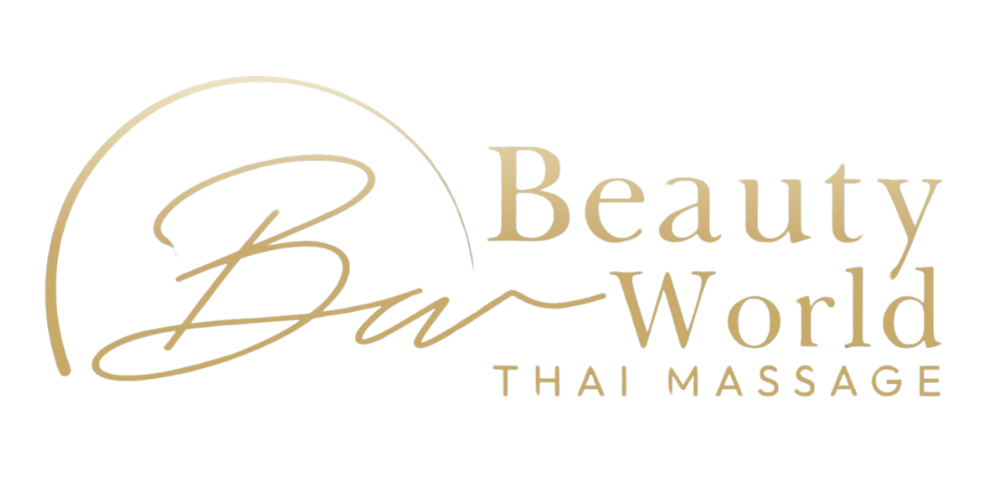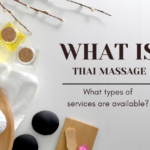Thai massage, known as “Nuad Thai” in Thailand, is a traditional healing system combining acupressure, Indian Ayurvedic principles, and assisted yoga postures. This ancient practice, which dates back over 2,500 years, is deeply rooted in Thai culture and is an integral part of the country’s approach to health and wellness. Recognized by UNESCO as an Intangible Cultural Heritage of Humanity, Thai massage is not just a form of relaxation but a therapeutic art that promotes balance in the body and mind.
The History and Philosophy Behind Thai Massage
Thai massage originated in India over two millennia ago, introduced by a physician named Jivaka Kumar Bhaccha. He is believed to have been a contemporary of Buddha, and his teachings were passed down through generations of monks in Buddhist temples. These monks were the primary practitioners of Thai massage, using it as a form of spiritual and physical healing.
The philosophy of Thai massage is based on the belief that the body contains ten energy lines called Sen, through which life energy flows. The balance of this energy is crucial for health and well-being. When energy is blocked or imbalanced, it can lead to discomfort, illness, and emotional distress. Thai massage aims to unblock these energy lines, allowing the free flow of energy and restoring balance.
What to Expect During a Thai Massage
A traditional Thai massage is quite different from the Western style of massage. Instead of lying on a massage table, the recipient lies on a mat on the floor. The massage therapist uses their hands, elbows, knees, and feet to apply pressure and stretch the body. The session often includes rhythmic pressing, pulling, and stretching movements that are akin to yoga postures, leading some to refer to Thai massage as “yoga for the lazy.”
Clothing is another aspect that differs from other types of massage. In Thai massage, you remain fully clothed, typically in loose, comfortable clothing provided by the spa or massage parlor. The session typically lasts anywhere from 60 minutes to two hours, depending on the service selected.
Types of Thai Massage Services
Thai massage has evolved over the centuries, and various types of services have emerged, each catering to different needs and preferences. Below are some of the most popular types of Thai massage services available today.
1. Traditional Thai Massage (Nuad Thai)
Traditional Thai massage is the most common form and the basis for all other types of Thai massage. This technique involves a combination of deep tissue pressure, muscle compression, joint mobilization, and acupressure, all designed to improve flexibility, relieve tension, and restore energy balance. A typical session can range from 60 minutes to two hours and is tailored to the individual’s needs.
2. Thai Aromatherapy Massage
This is a gentler version of the traditional Thai massage, incorporating the use of essential oils to enhance relaxation and well-being. The therapist uses long, flowing strokes along with light pressure to release tension and improve circulation. The use of oils adds a sensory dimension to the experience, with each oil offering different therapeutic benefits, such as relaxation, rejuvenation, or pain relief.
3. Thai Foot Massage
Thai foot massage focuses on the lower legs and feet, using the principles of reflexology. According to this practice, different points on the feet correspond to various organs and systems in the body. By applying pressure to these points, the therapist aims to improve overall health and well-being. Thai foot massage is particularly popular for its ability to relieve stress, improve circulation, and promote better sleep.
4. Herbal Compress Massage (Luk Pra Kob)
This unique form of Thai massage involves the use of heated herbal compresses, which are applied to the body to soothe muscle aches and tension. The compresses are filled with a blend of Thai herbs, such as lemongrass, kaffir lime, turmeric, and ginger, known for their anti-inflammatory and muscle-relaxing properties. The heat and herbal infusion penetrate deep into the muscles, providing relief from pain and promoting relaxation.
5. Thai Oil Massage
Thai oil massage is a fusion of traditional Thai massage techniques and Western oil massage practices. This service involves the use of oils to facilitate smooth, flowing movements across the body, combined with deep tissue techniques. The therapist may focus on areas of tension, using stronger pressure to release knots and relieve muscle pain. Thai oil massage is ideal for those seeking a combination of relaxation and therapeutic benefits.
6. Tok Sen Massage
Tok Sen is a lesser-known, ancient Thai massage technique that uses a wooden mallet and wedge to tap along the body’s energy lines. This rhythmic tapping helps to release blocked energy, improve circulation, and relieve tension. Tok Sen is often used in conjunction with traditional Thai massage techniques, offering a unique and deeply relaxing experience.
7. Thai Stretching Massage
This service emphasizes the stretching aspects of Thai massage, resembling assisted yoga. The therapist gently stretches and manipulates the client’s body into various positions, helping to improve flexibility, range of motion, and overall mobility. This type of massage is particularly beneficial for athletes or individuals with physically demanding lifestyles.
The Benefits of Thai Massage
Thai massage offers a wide range of benefits, both physical and mental. Physically, it helps to improve flexibility, circulation, and muscle tone. It can also relieve chronic pain, reduce stiffness, and enhance the body’s natural healing processes. Mentally, Thai massage promotes relaxation, reduces stress, and can help alleviate symptoms of anxiety and depression.
Moreover, the spiritual aspect of Thai massage, rooted in Buddhist principles, encourages mindfulness and a deep connection between the mind and body. This holistic approach to wellness makes Thai massage not just a physical treatment but a complete healing experience.
Conclusion
Thai massage is a deeply therapeutic and spiritual practice that goes beyond simple relaxation. With its roots in ancient healing traditions, it offers a holistic approach to well-being, focusing on the balance of energy in the body. Whether you’re seeking relief from physical pain, stress, or simply looking to relax, there is a type of Thai massage that can cater to your needs.
From traditional Thai massage to more specialized forms like herbal compress massage and Tok Sen, the variety of services available ensures that there is something for everyone. As Thai massage continues to gain popularity worldwide, more people are discovering the profound benefits of this ancient practice.






